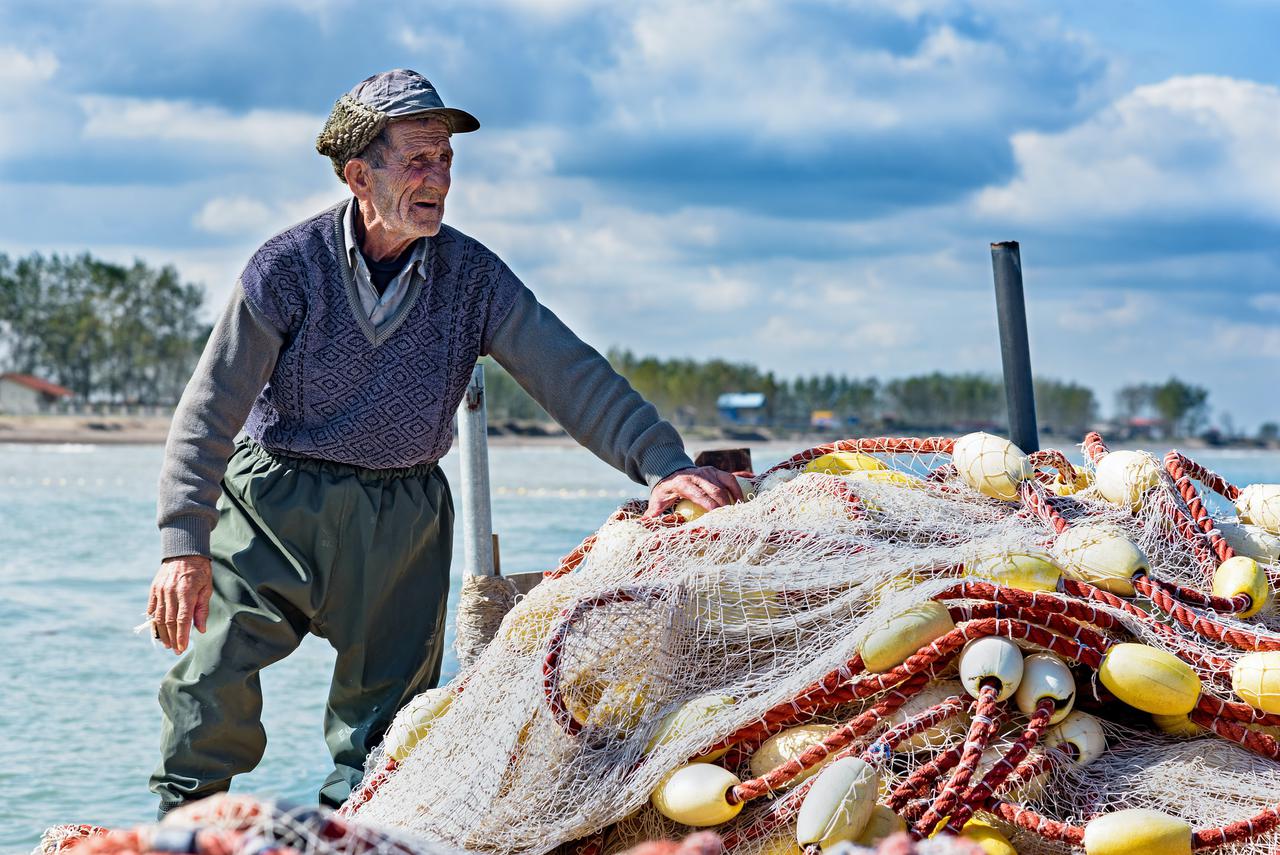Many restaurants and distributors believe that fresh is always the preferential choice over frozen when it comes to fish and other seafood. That’s why they’re willing to pay more for it rather than saving money by purchasing the frozen version. However, the reality is that there aren’t any significant differences between the two. This guide explains why buying frozen seafood is better than incurring the unnecessary expenditures that come with the fresh option.
Comparing Fresh and Frozen Seafood
The difference in nutritional value is minimal.
The biggest misconception about frozen seafood is that it loses its taste and has diminished nutritional value. However, if the seafood supplier uses the right freezing method, this simply isn’t true. When treated within a few hours of coming off the boat, the nutrients and flavor are locked in, and the texture is preserved until you’re ready to cook it. The key to maintaining the taste of frozen seafood is actually in how you thaw it. The best way to do this is by moving it from the freezer to the refrigerator the night before cooking it. Avoid leaving it out in the open at room temperature because this makes bacteria growth possible and messes with the food’s texture.
Frozen seafood lasts much longer.
According to the National Oceanic and Atmospheric Administration, the United States imports more than 80% of the seafood we eat each year. That simply wouldn’t be possible without freezing it. If you were only to offer fresh seafood, you would have minimal options for your customers. Freezing also allows you to preserve it long after peak harvest has passed and enjoy different types of seafood that aren’t native to your business’s location. Seafood that is vacuum-sealed and stored correctly in the freezer can actually last for as long as two years.
Freezing seafood helps protect the environment.

Transporting fresh seafood typically requires shipping it by air to prevent it from going bad during the transit, whereas frozen seafood travels by boats or trucks. The latter options produce significantly fewer CO2 emissions compared to airplanes. That reduces the amount of greenhouse gas in the atmosphere and helps protect the environment. Fresh seafood is also much more likely to be wasted because it goes bad so quickly. In fact, 33% of all fresh seafood ends up in the trash, but freezing helps mitigate this type of waste and minimize unnecessary operational losses.
You’re paying more for fresh seafood.
Despite the minimal differences between the taste, texture, and nutritional value of the two options, fresh seafood is typically around 15-20% more expensive than frozen options. Part of the reason for that is the logistics it takes the seafood supplier to safely transport the shipment without it spoiling. That’s not the only reason, though. Marketers have also embedded this belief that fresh is better than frozen into consumers’ minds, allowing them to mark the price up even higher to make it more profitable on their end. Going with frozen seafood instead is an easy way to increase profits without sacrificing quality.
Why pay more for fresh seafood?
If you’re looking for delicious frozen seafood, then contact Tommy’s Seafood Inc. We’ve been one of New Orleans’ premier gulf seafood suppliers for almost 40 years, and we specialize in shipping local species like wild-caught shrimp, blue crabs, oysters, and crawfish to restaurants and distributors. The key to our success is in how we freeze our seafood. Rather than using traditional freezing methods, we converted to CO2 freezing at -90° F 12 years ago to give our customers optimum freshness, peak flavor, and excellent texture. You can learn more about our services by visiting us online.